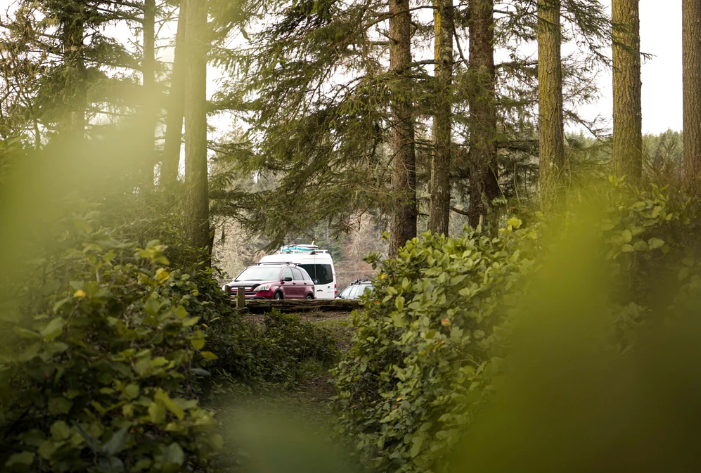How to Avoid Vehicle Collisions with Wildlife
What better way to bond with family than through a cross-country road trip to your location of choice? The wind in your hair, soft music playing over the radio, and getting stuffed in the back of the car with your siblings all sound like great fun. But as several people set out on these journeys in their cars, the risk of animal-vehicle collision also increases. Here are different ways to avoid vehicle collisions with wildlife.
-
Drive the speed limit
Although the temptation of an awaiting vacation is hard to resist, always keep in mind to slow down and to drive the speed limit. Operating the car at the recommended speed is one of the easiest ways to avoid and completely prevent all animal collisions and accidents.
This particular rule also applies to slowing down or stopping the car at the side of the road while changing radio stations, looking for something in the back seat of the car, or taking a call.
-
Keep an eye out
It is easy to get distracted while driving for long hours along scenic roads, but it is crucial always to keep the first rule of driving in mind. Make sure to keep your eyes on the path in front of you at all times.
This method helps reduce animal-vehicle collisions as the driver can immediately register any movement in front of the vehicle. Always keep an eye out for any signs posted along the road, some of these signs also include warnings regarding animal crossings ahead. It helps avoid any accidental animal collisions and ensures smooth sailing.
-
Extra care at peak times
The wildlife safety tips pay particular importance to the rule of driving at peak hours. Peak hours would include dusk and dawn, the time when animals are at their most active state. Although wildlife officials always recommend stopping for the night or to make sure to drive out of the dense animal activity areas, drivers should keep in mind to always be mindful of animal activity at peak hours.
Also See: Best Auto Glass Repair Shop
-
Reading up of animal movement patterns
Several animals travel in herds, which means that if you see a single deer crossing the street, chances are there are several others right behind. Having such kinds of information helps prevent animal collisions and helps ensure the safety of the driver.
-
Turn your headlights on
Wildlife officials recommend the use of high-beam headlights while traveling in areas with high animal activity. The lights help the person in the car have a clear view of the road in front of them and also help spot any animals crossing their path quickly.
The headlights also help give the animals a heads up regarding approaching human beings. This warning makes the animals clear up the road immediately. Thus, reducing animal-vehicle collisions and keeping the wildlife population intact.
-
Remain alert
It is vital to stay alert while on the road. Staying vigilant includes staying utterly sober while driving. If the individual is getting tired while driving, they could switch with the passenger or stop on the side of the road if driving alone.
Wildlife officials recommend not to drive for long stretches. Precautions to avoid animal collisions include finding a place to stay at night if necessary. It could be of great help if all the persons in the car could have a shift appointed to them; this helps each person rejuvenate and rest.
-
Do not tailgate
Ensure not to tailgate another vehicle in front of you and also make sure to take all precautions before overtaking another vehicle. The measure to not tailgate another car is because if the car in front of you were to hit the brakes due to an animal sighting, you would end up colliding with the car.
Also See: Tips to avoid Collision
-
Ask a friend to monitor you
Asking a friend to keep you alert is a beneficial way to avoid vehicle collisions with wildlife. Ask a friend to keep you entertained and talking so that you would not get tired or sleepy. Another way to reduce the burden on the driver is by appointing each eligible person a shift to drive.
-
Keep an eye out for glowing eyes
Several species of the animal kingdom can see in the dark, which means that their eyes glow in the dark. Always keep an eye out for glowing eyes along the roads; this indicates the presence of animals that might pounce in front of your car, causing an animal-vehicle collision.
-
Follow traffic rules and wildlife safety rules
While driving, always keeps in mind the basic traffic rules, such as putting your seatbelt on, driving the speed limit, using the brakes, using the horn, etc. Following rules means that no animal collisions take place and also provides safety to the persons in the car.
Final Words
As driving for long stretches can be tedious, we have put together a list of precautions that will help you avoid vehicle collisions with wildlife. It is essential to keep these tips in mind as you take your next road trip and do your part in ensuring that no harm to the wildlife.



